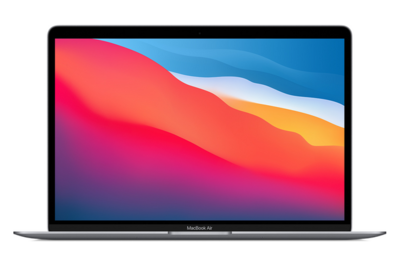

Connectivity: 802.11ac Wi-Fi and Bluetooth 4.0 wireless.Connections: SDXC Card slot and two USB 3.0 ports.If price is your main focus, going with the MacBook Air will save you £150. 13.3-inch Retina MacBook Pro (late 2013): Starts at £1,099.The MacBook Air does not have Thunderbolt 2, so it's not the best options for peripherals. The tech also combines two separate 10 Gbit/s channels (from Thunderbolt) into a single 20 Gbit/s channel. Intel has claimed Thunderbolt 2 can transfer a 4K video while simultaneously displaying it on a discrete monitor. 13.3-inch MacBook Air (mid-2013): One Thunderbolt port.13.3-inch Retina MacBook Pro (late 2013): Two Thunderbolt 2 ports and one HDMI port.Still, neither of these computers would be ideal for power desktop gamers. In terms of overall graphics performance, the capabilities of the Intel Iris are better than the Intel HD Graphics. 13.3-inch MacBook Air (mid-2013): Intel HD Graphics 5000.13.3-inch Retina MacBook Pro (late 2013): Intel Iris Graphics.The Retina MacBook Pro offers substantial storage with the 512GB option, though you always have cloud storage if you desire more space in the future. So, while the Retina MacBook Pro is slightly smaller, it's certainly still heavier than the MacBook Air, and therefore it's not a clear winner for portability purposes. It weighs nearly a half-pound less than the Retina MacBook Pro. The MacBook Air does have the "light" part down, though. That's amazing, considering the MacBook Air's name is, well, suppose to conjure up mental images of it being "thin" and "light" as air. The Retina MacBook Pro's width and depth is actually smaller than the MacBook Air.

This will obviously be a turn off for people who need a lightweight and extremely mobile machine. PortabilityĪpple has succeeded in getting the Retina MacBook Pro down in terms of size, but it's still hefty in the weight department. However, the scores also show that the Retina MacBook Pro is the better choice for power users intent on using their machine for video- or photo-editing. The Intel Haswell-powered Retina MacBook Pro and MacBook Air are very similar in the performance arena, according to benchmarks from GeekBench. 13.3-inch MacBook Air (mid-2013): 1.3-GHz dual-core Intel Core i5.13.3-inch Retina MacBook Pro (late 2013): 2.4-GHz dual-core Intel Core i5.Performanceīoth the new Retina MacBook Pro and new MacBook Air deliver great performance, though they don't compare to the 15-inch Retina MacBook Pro and its Core i7 processor and a dedicated GPU. The Retina display on the MacBook Pro is a huge power-suck. If you're the type who needs a laptop to run throughout most of the day without being tethered to the wall, the MacBook Air is the better option. 13.3-inch MacBook Air (mid-2013): 12 hours (54-watt-hour lithium-polymer battery).13.3-inch Retina MacBook Pro (late 2013): 9 hours (95-watt-hour lithium-polymer battery).That's thanks to Intel's Haswell processors. Thankfully, both can deliver substantial juice. But portability is nothing without decent battery life. After all, the MacBook Pro and MacBook Air are both laptops, meaning they're both meant to be portable.

Batteryīattery life is a big thing for many people.

Apple introduced the Retina display for MacBook Pros in 2012, and many OS X apps have since been designed and re-designed with this resolution ratio in mind. The new Retina MacBook Pro has a display with a much higher resolution than the new MacBook Air. Here’s how Apple's laptops stack up when compared to one another: Display It's a difficult decision to make for sure, but Pocket-lint has detailed the specs, pros and cons of both versions to help you make the best choice. This means you'll have to struggle with which laptop is best. The 13-inch Retina MacBook Pro and 1 3-inch MacBook Air are therefore more similar than ever, but they still have their own, unique differences that make one better than the other for certain situations. It also dropped prices across, significantly. (Pocket-lint) - Apple recently updated its Retina MacBook Pro line with Intel’s fourth-generation Haswell processors, new graphics chips and better battery life.


 0 kommentar(er)
0 kommentar(er)
